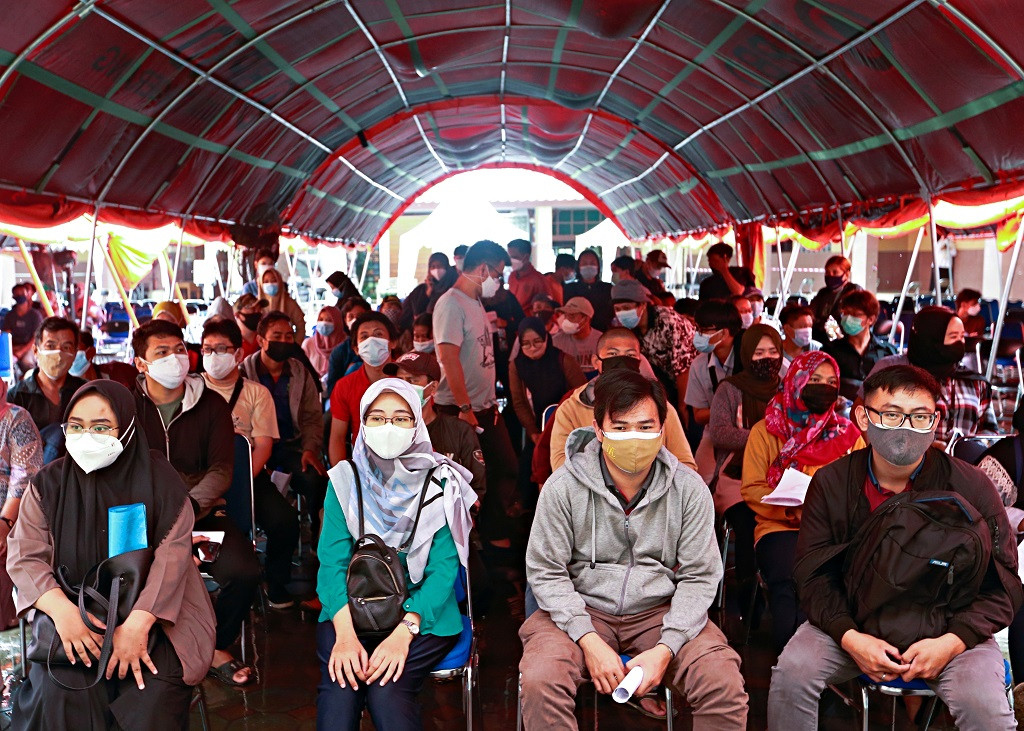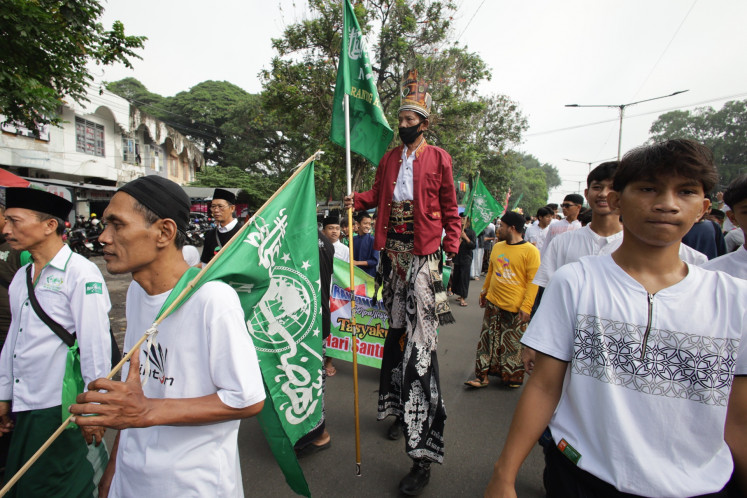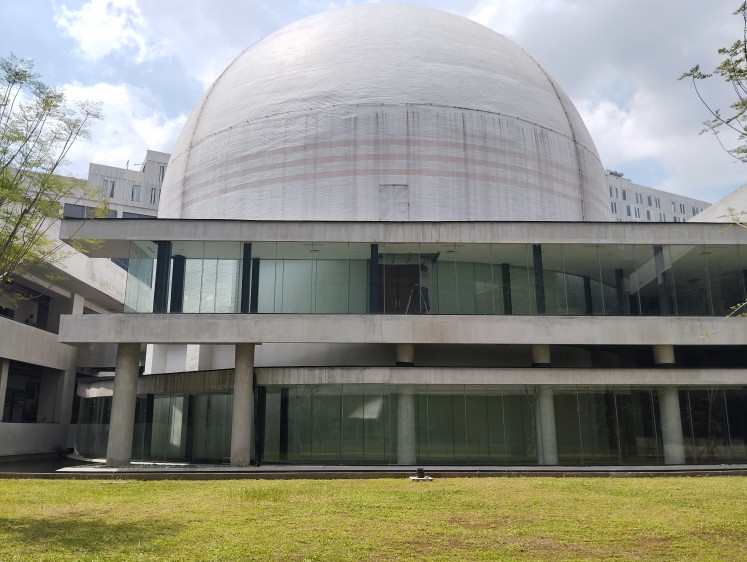Popular Reads
Top Results
Can't find what you're looking for?
View all search resultsPopular Reads
Top Results
Can't find what you're looking for?
View all search resultsYearender 2021: Foreign variants spell trouble for Indonesia’s coronavirus response
Change text size
Gift Premium Articles
to Anyone
F
or Indonesia, 2021 began with a sense of optimism espoused by a government that was confident its long-awaited COVID-19 vaccination drive would bolster the country's pandemic response.
President Joko "Jokowi" Widodo led by example by becoming the first person to receive the Sinovac vaccine on Jan. 13, marking the start of the first phase of the vaccination program, aimed at medical frontliners.
At the time, Indonesia was facing its first wave of cases following the 2020 year-end holidays, with daily new infections exceeding 10,000.
But the government appeared to be busy launching the vaccination drive, allowing testing and tracing rates to remain relatively low. Tracing numbers were down to just two to four contacts per case in January, as opposed to the international best practice of 30 contacts per case.
Health Minister Budi Gunadi Sadikin, who had assumed his position a month prior to replace Terawan Agus Putranto, at the time said he could not yet prioritize testing and tracing because he was “busy with vaccination drives and surging hospitalizations”.
Read also: As vaccination begins, hospitalizations soar
Then, the number of new cases started to decline in February, prompting the government to further lower its guard and ease restrictions. This was also when vaccines for the elderly and public workers were rolled out.



















